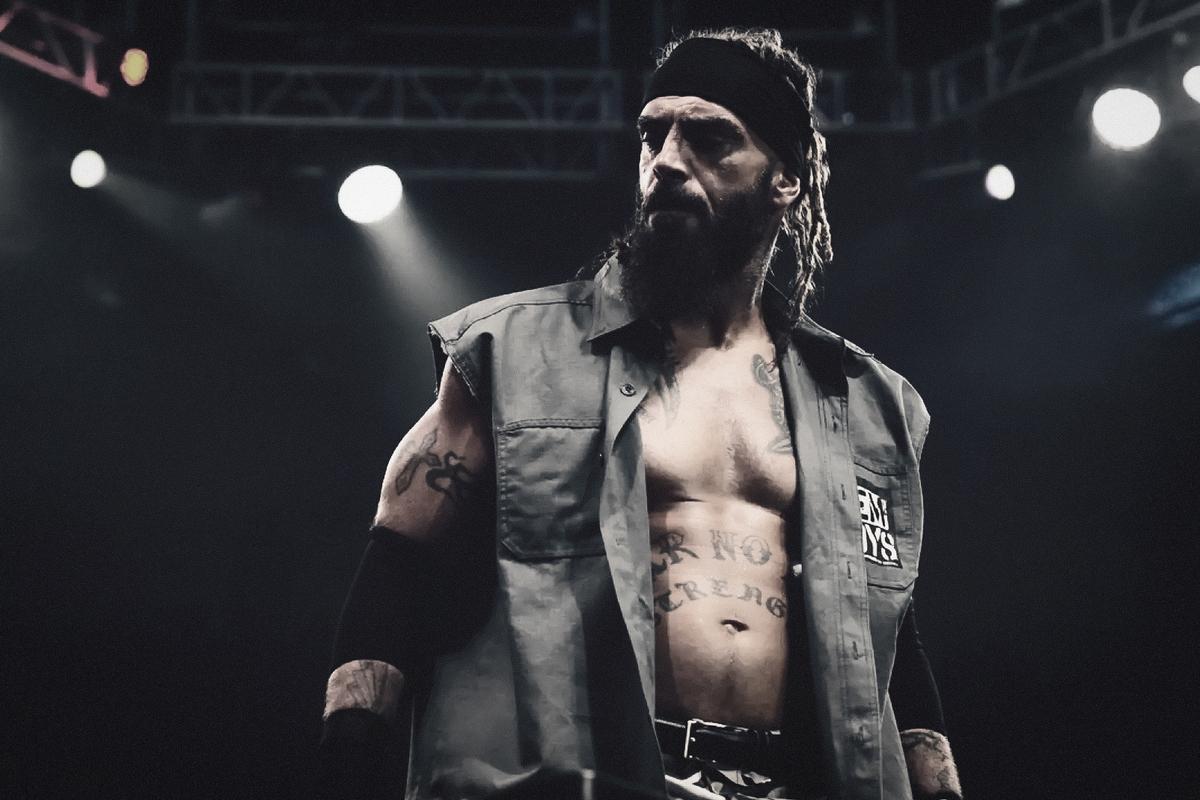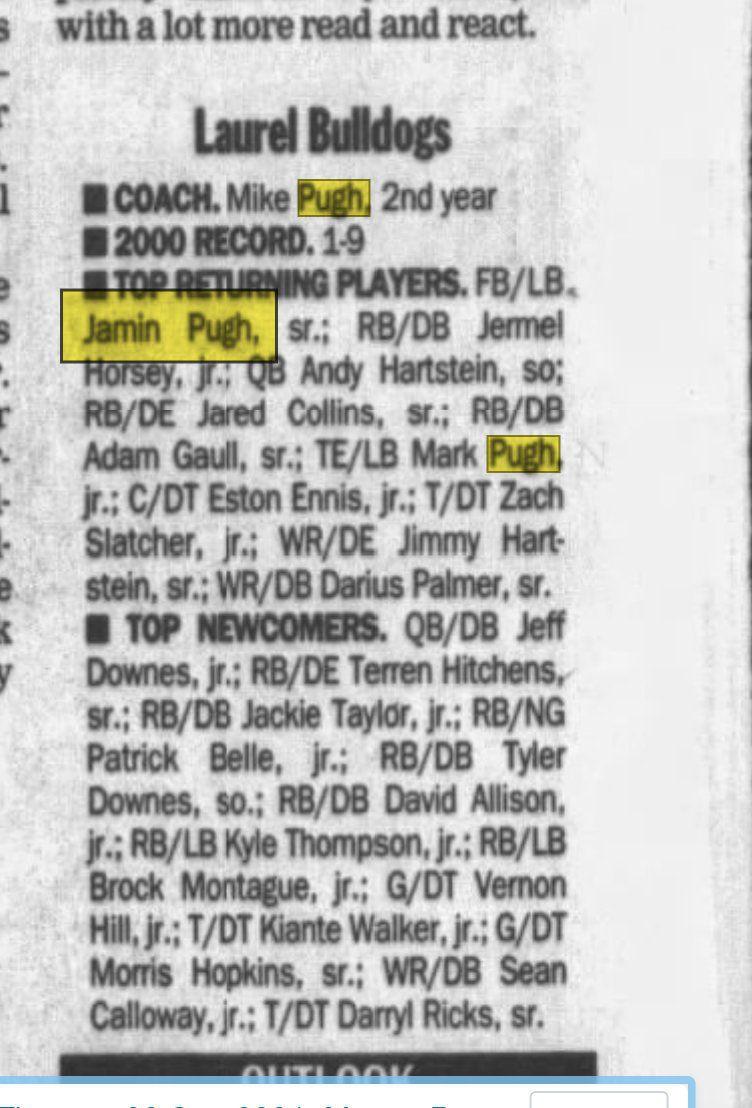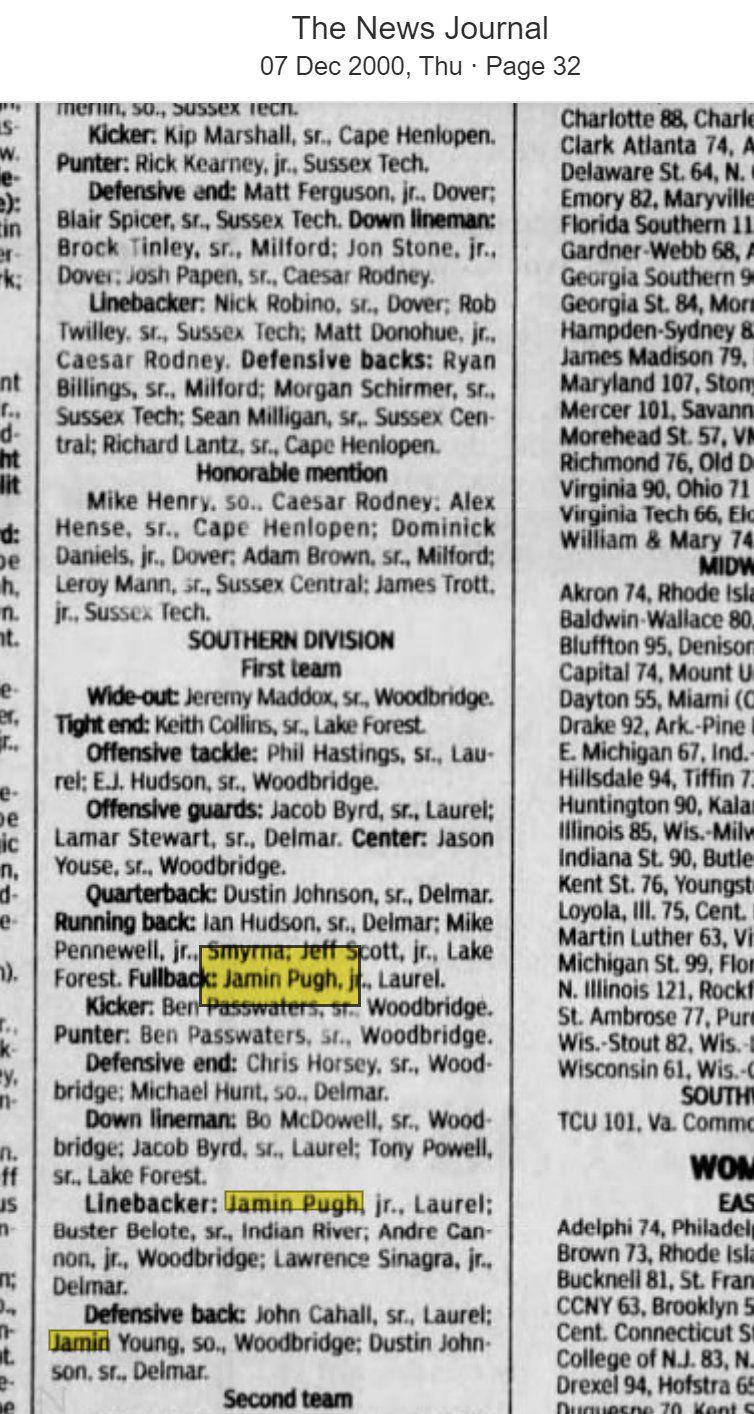
Jay Briscoe—real name Jamin Pugh—died on Tuesday in a car accident on a two-lane road in rural Delaware. As is all too often the case on these narrow country roads, a truck swerved across the center line and smashed head-on into Jay’s vehicle. His daughters, Gracie and Jayleigh, were in the truck with him and suffered serious injuries. Jay, who wasn’t “properly restrained,” according to the Delaware State Police, was pronounced dead on the scene at the age of 38.
With Jay’s passing, the career of arguably the greatest sibling tag team to never formally compete in WWE in the modern era—perhaps the greatest sibling tag team of this era, period—came to a close. Together, Jay and his brother, Mark, the slightly younger and less voluble of the pair, assembled a sterling collection of tag title belts: 13 Ring of Honor World Tag Team Championships, one IWGP Tag Team Championship in New Japan Pro-Wrestling, and one Impact World Tag Team Championship. Jay, the leaner, more athletic, and—in his words—the “year more superior” sibling, also held the ROH World Championship on two separate occasions, in 2013 and 2014. That they did all of this while living, working, and sometimes even wrestling on a farm in Delaware was part of what made them, in podcaster and former ROH executive producer and on-screen authority figure Jim Cornette’s informed opinion, “the two best personalities in wrestling today, just completely truthful to who they are and what they are.”


Unlike a lot of indie-forged wrestlers from their early-2000s generation who went directly into pro wrestling with a limited background in high school sports, like the Young Bucks or Bryan Danielson, “Dem Boys” were both stellar natural athletes who excelled at high school football under the coaching of their father, Mike “Papa Briscoe” Pugh. Playing for the Laurel (Delaware) High School Bulldogs, Jay racked up all-conference and all-state honors at running back and linebacker, while Mark—the broader shouldered and slower talking of the pair—excelled on the offensive and defensive lines. Though they had opportunities to play football in college, the pair had wrestled in their backyard for years, and their sights were set squarely on the squared circle. They even donned masks in some of their earliest Combat Zone Wrestling outings in Pennsylvania because they weren’t old enough to wrestle legally in that state.
The Briscoe Brothers ring name deliberately recalls the similarly lean, sinewy Brisco Brothers from decades earlier, the stellar mat technicians Jack Brisco, a former NWA Worlds Heavyweight Champion, and his brother Gerald. Discussing the Briscoe Brothers moniker on his podcast, Gerald noted that he hadn’t been asked about using the name by Jay and Mark. “I heard through them that [wrestling trainer] Johnny Rodz up in New York told them when they started, ‘You look like the Brisco Brothers and that’s your name.’” They apologized to Gerald when they were in the midst of a brief tryout for WWE in that company’s Florida developmental territory in 2009, though, and Brisco complimented them as an “outstanding tag team” in their own right.
Sporting shaved heads, no visible tattoos, and far less muscle mass than they would in their prime years, the Briscoes began developing a can’t-miss angle in CZW that would follow them throughout their careers: They didn’t just team up; they wrestled each other. And their fights weren’t the results of the Machiavellian betrayals that typically pit siblings against siblings; an outdoor match between the two in 2005, won by Jay, is said to have started over a disagreement at a bar. The built-in country-boy rivalry between the two, who had been competing against each other throughout their lives, could be used for story line purposes right up until the end.
In 2002 the Briscoes made their way to Ring of Honor, which right up until the end was more or less their home base, although they had occasional sabbaticals and excursions. Although that company was the jumping-off point for so many wrestlers whose careers culminated in WWE or AEW glory, from the hulking Samoa Joe to the comparably diminutive Adam Cole, no two competitors are more bound up in ROH’s DNA than the Briscoes. Whenever ROH came to Pittsburgh, the Briscoes were there, wandering around the crowd and slapping hands after their matches, and fans closer to the company’s home base of Baltimore reported the same: Nine times out of 10, if you were attending an ROH show, you’d see the Briscoes, and they’d put on a good match. About the only times you didn’t see the Briscoes in an ROH ring were when the pair were absent after Mark’s motorcycle accident in 2004 (Jay sat out in solidarity), unsuccessfully trying out for the WWE, or temporarily seeking greener pastures in Impact Wrestling while the fate of ROH, now owned by AEW’s Tony Khan, remained unresolved.
The Briscoes were a dynamic team from the start, a pair of athletic kids able to do a little bit of everything: take backyard wrestling falls, bleed like death match wrestlers, and incorporate technical wrestling as needed. Jay evolved into a great talker, discoursing in an urban-meets-country Delaware patois unlike anything else heard in the sport, and together the brothers evolved to be as visually arresting as any wrestlers this side of Jimmy “Boogie-Woogie Man” Valiant; they sported loads of tattoos, wild beards, Jay’s gray-streaked dreadlocks, camouflage cargo shorts and work boots as standard in-ring apparel, and an ever-increasing amount of muscle mass. The pair weighed around 190 pounds each when, clad in basic singlets and still sporting a little bit of baby fat, they won their first ROH World Tag Team Championships (later named the ROH World Tag Team Championships) in 2003, and upward of 230 muscular (but not muscle-bound) pounds apiece when they finally overcame FTR in December 2022 to win their 13th, in what The Ringer’s Phil Schneider labeled at least the second-best dog collar match of all time.
When writing about certain wrestlers who died prematurely, like the Ultimate Warrior, one can point to a handful of matches or story lines that defined their careers. Even more enduring stars, such as Bruno Sammartino, have three or four tentpole feuds or matches fans can be directed to. The Briscoes, by contrast, had three of the best tag team wrestling matches in the history of the sport in a single year, racking up a trio of five-star designations from Wrestling Observer’s Dave Meltzer for their three iconic tilts against FTR in 2022. Their best matches have pitted them against a who’s who of modern-era wrestling, from TNA stalwarts the Motor City Machine Guns to future stars Kevin Steen and El Generico (WWE’s Kevin Owens and Sami Zayn, respectively) to amateur grappling greats and WWE alums Shelton Benjamin and Charlie Haas. In his three years as a Ring of Honor World Champion and title contender, from 2013 to 2015, Jay—who won the title for the first time from Kevin Steen and the second time from Adam Cole—racked up a number of great matches involving Samoa Joe, Michael Elgin, Tommaso Ciampa, and various other notable stars making their way through that company’s main event scene.
Given how good the Briscoe Brothers were together and how accomplished Jay was on his own, one of the enduring mysteries of their career remains how they stayed just outside the biggest of the big time. Their unsuccessful tryout for Florida Championship Wrestling in 2009 became the stuff of a memorable promo in which Jay—clad in a filthy Oakland Raiders T-shirt and well on his way to becoming a truly iconic-looking dirtbag—ranted about how John Laurinaitis allegedly chose not to hire them simply because they weren’t “cosmetically pleasing,” in spite of their solid FCW performances and grappling bona fides. When The Ringer’s Ian Douglass reached out to Steve Keirn, who at the time was in charge of the FCW territory and wrestling training but not the actual termination or promotion of talent (that fell to Laurinaitis and the WWE office), the former “Fabulous One” confessed that he had no recollection of them. As good as they were and would become, they didn’t linger in the memory of a trainer who has seen as much wrestling as anyone in the business. This may seem inconceivable to those who watched them before and certainly after the tryout, given how distinctive a Briscoe Brothers match was, but it does show how much luck—being in the right place at the right time in one’s career—figures into wrestling success.
Then, during the year of their greatest mainstream success, with ROH resurrected under Tony Khan’s banner, the brothers never made an appearance in AEW programming on TNT. There was reportedly a WarnerMedia executive–related reason for this, primarily the disgusting homophobic remarks he posted to Twitter in May 2013 regarding the same-sex marriage bill passed by the Delaware Senate—remarks he apologized for later that month, while mentioning that who he was in real life was not the same as his on-screen persona. And even though tributes from pro wrestlers like LGBTQ performer EFFY spoke on the “respect” and “love” that Jay showed, those appalling tweets no doubt played a part in why the Briscoes never made it onto AEW or WWE television. The ROH tribute show for Jay Briscoe will air for free on the Honor Club streaming website and the ROH YouTube page, not on TNT.
For me, and perhaps for others who followed their careers, the real unmissable Briscoe tribute was their own two-decade homage to the sport of pro wrestling, culminating in a trilogy of matches with FTR that ought to see both teams carved into the Mount Rushmore of tag team wrestling. And the real tribute to the Briscoes—incorporating “Papa Briscoe,” who set the stage for the event and narrated the fight as well as any trained wrestling announcer could—was their 2021 “Fight on the Farm.” I’ve written before about my affection for cinematic matches, but this was a visceral affair that was booked brilliantly: Mark, the wildly entertaining younger brother always operating in the more serious Jay’s spotlight, battered Jay from pillar to post around their farm before clotheslining him to the ground in their makeshift wrestling ring. As both brothers lay prone on the ground, Papa Briscoe screamed, “You good yet, boys? Got it all out of you?”
“We’re good,” said Jay, gasping for breath.
Jay Briscoe wasn’t just good, though; in the ring, he was one of the best.
Oliver Lee Bateman is a journalist and sports historian who lives in Pittsburgh. You can follow him on Twitter (@MoustacheClubUS) and read more of his work at oliverbateman.com.